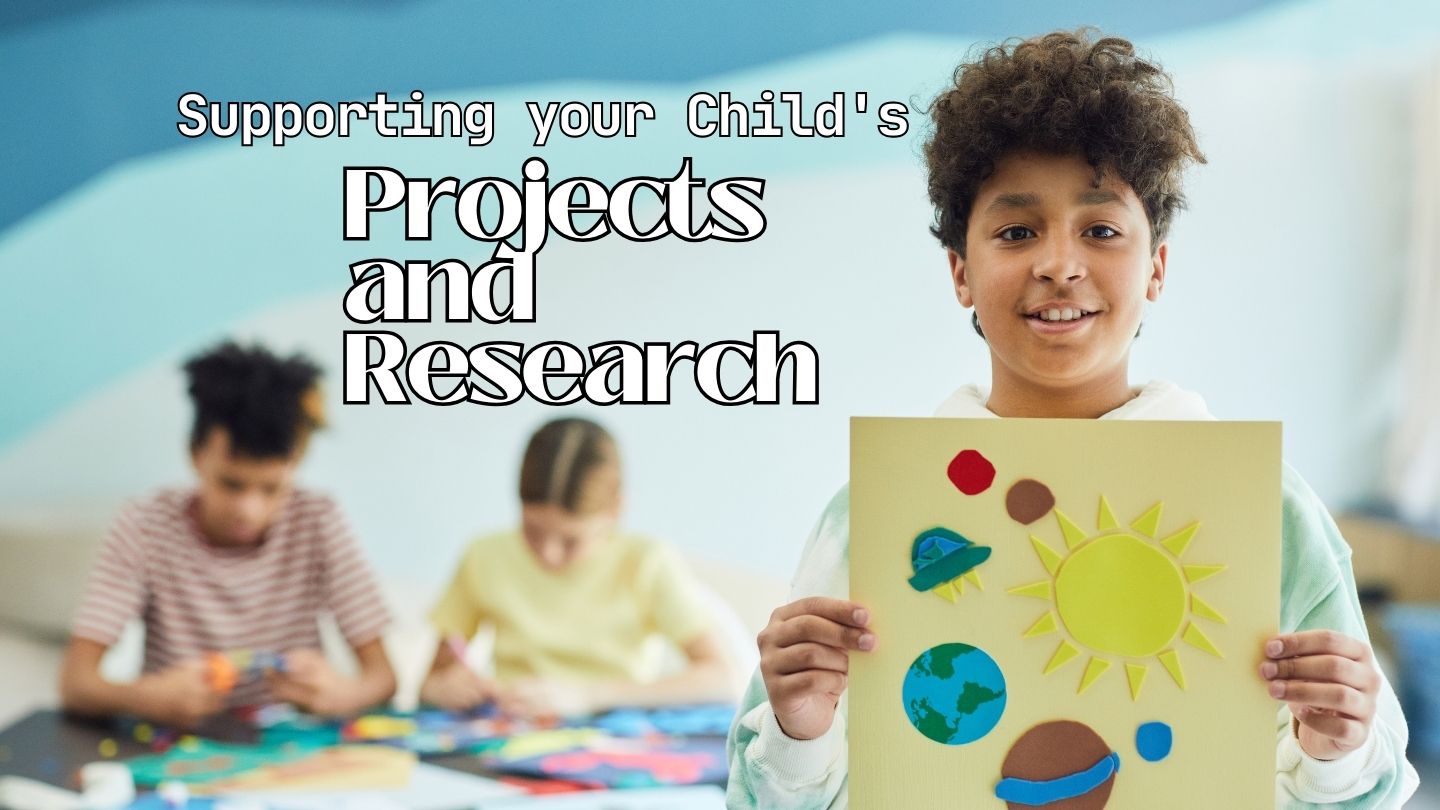Latest From Upschool
- Supporting your Child’s Projects and Research
- Age-Appropriate Expectations
- Why We Need to Rethink Challenging Behaviour
- Navigating the Dynamics of Sibling Relationships
- Creating a Culture of Learning at Home
- Creative and Easy DIY Projects for Parents and Children
- Tips for Working Parents
- Review Educational Apps, Games, and Other Tech Tools for Kids
-
-
No videos yet!
Click on "Watch later" to put videos here
- View all videos
-
-
-
Don't miss new videos
Sign in to see updates from your favourite channels
-


Mala Beads - Tears of Happiness
Mala beads are just another name for prayer beads that are worn by people who practice meditation and yoga. Mala beads are used when reciting mantra, (prayers) and are also meant to bring good health and happiness to the wearer. Prayer beads are worn around the neck and the wrist by many different kinds of people from different cultures who practice mindfulness, meditation, yoga and prayers. Mala beads are usually made from the rare seeds of the Rudraksha tree that only grows in India and Indonesia, the word Rudraksha means Tears of Shiva . The Rudraksha beads resemble small apricot kernels and are meant to be valued on how many segments each seed has inside of them. There are between 1 and 27 segments inside of the seeds and depending on your spiritual and practical needs - you will need to select the right ones for you. In all spiritual faiths numbers are important and this goes for how many beads are on a garland too. Depending on the faith and culture - the number of segments on each garland or mala will be different as well as the number of beads. Japa Mala beads have 111 +1 or 108 +1 depending who you ask- the plus 1 being symbolic of the divine. The rosary - the catholic prayer beads are designed with 59 beads and the Misbaha - the islamic prayer beads are 99. Mala and rosary can be made of organic materials that include lava, mineral rocks and semi-precious stones, precious metals, bone, shells, pearl and wood. Different organic compounds compose different resonant frequencies - just like a medical prescription, different compounds suit different needs. But it is the Rudraksha, and Tulsi beads that remain the favourite amongst spiritualists of the east.Not All Beads Created Equal
The Rudraksha plant itself is a very potent healing plant, (Ayurvedic Medicine), the seeds, berries, bark, leaves, and even ash are used to treat inflammatory diseases, measles, dermal problems and skin rashes, mumps, measles, schizophrenia and cancer. There are 360 species of Rudraksha found across Australasia, and 25 are unique to India alone. The different strains appear to have various medicinal properties, as well as a different energetic and spiritual value.
The value of the beads is given based on their Mukhi - the number of individual segments counted inside the seeds. The number influences how the beads work and their spiritual value. The number of Mukhi range from 1 up to 27, 1 being the rarest. Single Mukhi Rudraksha is of the highest importance and is meant to enhance your spiritual development. The warning to someone who wears the single Mukhi is they are likely to renounce all worldly possessions and leave his family within seven days.
Rudraksha beads also have the ability to determine the difference between negative and positive energy and can tell if water has been contaminated and is undrinkable. There are other mystical qualities that set the Rudraksha beads apart from other types of Mala Beads including the electromagnetic properties of the seeds and the the ayurvedic quality they poses.
Guest Contributor: Emily Rack Business Name: Horatio’s Jar Publisher: Digital SchoolsEmily Rack is a yoga teacher, meditation instructor, freelance writer and visual content creator. She incorporates a unique creative flair into her yoga and meditation classes, courses and workshops. Emily hosts events and classes in schools and the wider community & is passionate about teaching the art of mindfulness.
——- PUBLISHER’S DISCLAIMER: The publisher of this blog post (Digital Schools PTY LTD) works in partnership with the school as a 3rd party provider to help build and maintain the school website. Digital Schools sources a range of experts who provide products and/or services to educational institutions and we work with them to produce and publish topical information in the form of blog posts that we think may be relevant, interesting or topical to families within the community. The views, opinions and content listed in this blog post are that of the guest contributor and/or publisher (Digital Schools). It should be noted that whilst the publisher and guest contributors are acting with the best intentions and in the best interests of the school and their community to provide helpful or interesting information, sometimes the content may not necessarily reflect the views of the school. The information in this blog post is not meant to be used, nor should it be used, to diagnose or treat any medical condition. For diagnosis or treatment of any medical problem, consult your own physician. The school and the publisher of this blog post are not responsible for any person reading or following the information in this article who may experience adverse effects. Any references to external websites or sources are provided for informational purposes only and do not constitute endorsement by the school or publisher in any way and the publisher and/or school cannot guarantee accuracy of information listed. If you have feedback on any content on this platform, you can submit it to the publisher using the feedback link provided at the bottom of this page.



